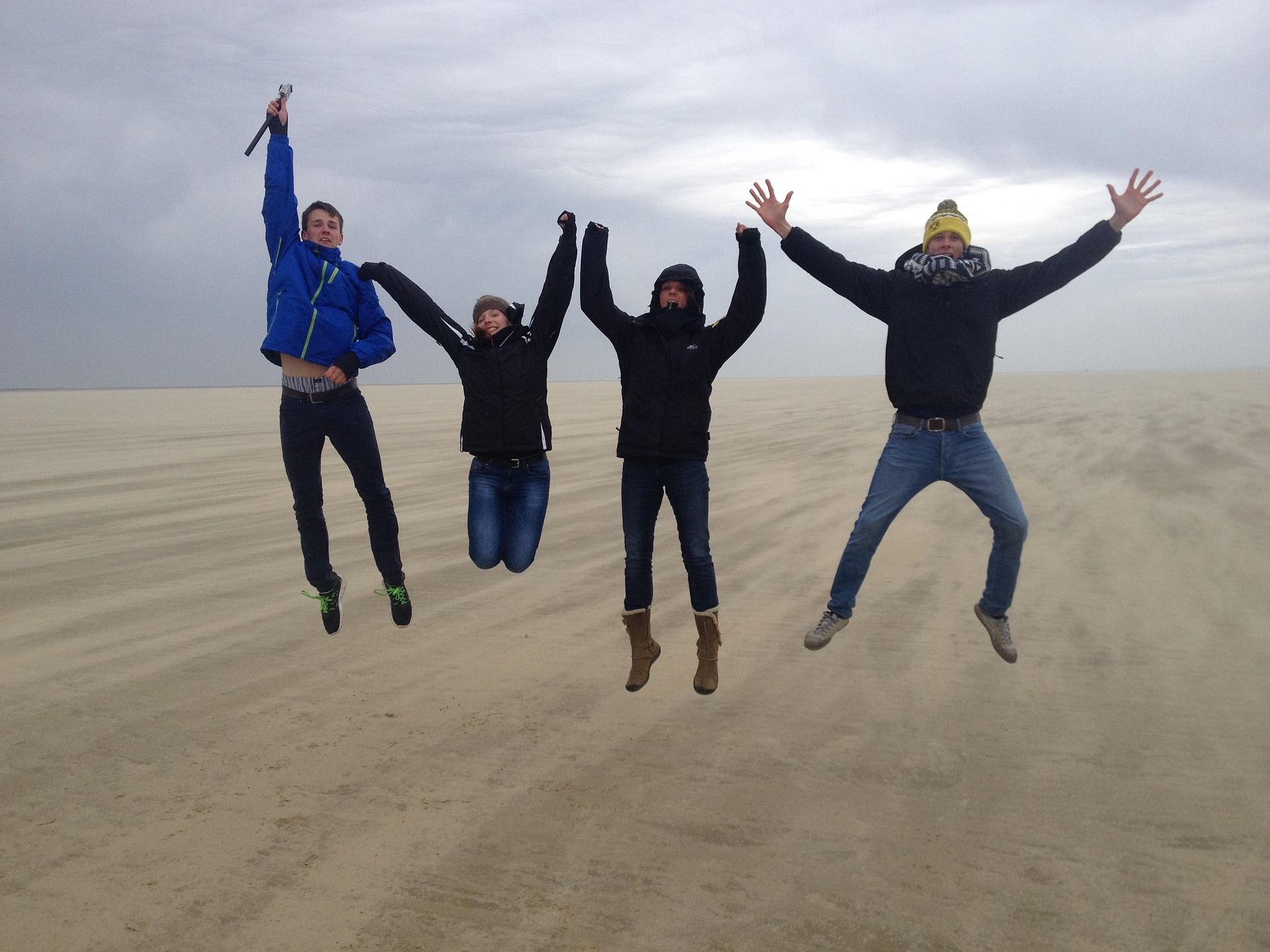For years, I’ve worked with leaders, teams, and organizations across industries. One insight has remained constant: sustainable transformation doesn’t begin with new tools, new strategies, or new metrics. It begins with identity clarity.
That’s why I coined the term identity-first leadership and have expanded it to a training offering, “Identity-First Teaming: From Me to We”. Both concepts recognize that the foundation of effectiveness, for self-as-leaders and leader-teams, is not what we do, but who we are. Leaders who are clear about their identity lead with confidence and integrity. Teams who share an identity collaborate with resilience and purpose.
And now, it’s time to take that foundation into the heart of the organization itself: Human Resources.
From Leaders to Teams to HR: The Third Frontier of Identity-First
Identity-first leadership answers the question: Who am I becoming as a leader?
Identity-first teaming asks: Who are we becoming as a team?
Both provide clarity, alignment, and authenticity that fuel performance, well-being, and flourishing.
But where do identity-first leadership and identity-first teaming intersect organizationally?
HR functionally needs an identity-first foundation. For too long, HR has been defined externally—by compliance, administration, and firefighting. The result? HR professionals are left in a transactional role when organizations desperately need them to be transformational partners.
Identity-First HR reframes the function by asking:
- Who are we as an organization?
- How do our HR practices reflect and reinforce that identity?
- How can HR be the architect of alignment between people, purpose, and performance?
As I state in my book, “Flourishing is not fluff.” Nor is the shift of HR to identity-first superficial–It’s structural.
Why Identity-First HR Matters Now
The world of work is in flux. Hybrid workplaces, generational shifts, rapid change, VUCA meets BANI, and rising burnout have created unprecedented pressure. At the same time, employees expect more: meaningful work, authentic leaders, and cultures they can believe in. And the standard is high for our youngest top talent.
HR is caught in the middle—tasked with holding culture, driving business results, and caring for people. Without an identity-first foundation, HR gets reduced to policies and processes rather than people and potential.
Identity-First HR matters because it provides the missing blueprint for the profession:
- It grounds HR in purpose, not paperwork.
- It positions HR as a strategic partner, not a back-office necessity.
- It equips HR to shape organizations that are resilient, human-centered, and future-ready.
What Identity-First HR Looks Like in Practice
So what does this mean day-to-day? Here’s how identity-first thinking transforms HR’s core functions:
- Leadership Development
Traditional HR trains leaders on competencies, checklists, and performance targets.
Identity-First HR utilizes the strategy outlined in my book Leading Becomes You: developing leaders from the inside out, beginning with clarity of self. Programs help leaders align values, behaviors, and impact—so they don’t just perform leadership, they embody it.
- Team Effectiveness
Traditional HR designs team-building exercises, job role definitions, and collaboration tools.
Identity-First HR helps teams clarify who they are together—their shared story, purpose, and commitments. This creates resilient teams that can withstand conflict and change.
- Organizational Culture
Traditional HR rolls out culture initiatives, surveys, and struggles to meaningfully connect these to values-in-action.
Identity-First HR anchors culture in organizational identity—how the organization defines itself and lives that story daily. This creates cultures that are lived, not just recited.
- Talent Strategy
Traditional HR focuses on hiring pipelines, metrics, and retention strategies.
Identity-First HR recruits and retains people whose personal and professional identity resonates with the organization’s story, strengthening alignment and reducing disengagement.
- Employee Well-Being
Traditional HR manages benefits, policies, and EAPs.
Identity-First HR views well-being as an expression of identity alignment—when employees can bring their whole selves to work without hiding, fostering an identity-first culture where health and performance both rise.
The HR Advantage
Identity-first is not a “nice to have.” It’s a strategic advantage.
When HR adopts this approach:
- Leaders grow more authentic, grounded, and courageous.
- Teams collaborate with deeper trust and purpose.
- Organizations align their culture with strategy, making them more resilient in times of change.
And HR itself is elevated—from transactional enforcer to transformational architect.
Why Identity-First Belongs to HR’s Future
I established identity-first as the foundation for leadership and teaming effectiveness because the evidence was clear via my clients: clarity of identity drives connection and thereby, flourishing.
The same evidence now points to HR. If leadership and teaming flourish on an identity-first foundation, the HR function must do the same.
HR is the backbone of every organization. It shapes the leaders we promote, the cultures we design, the teams we sustain, and the people we care for. Without an identity-first foundation, HR becomes reactive, transactional, and easily sidelined.
With identity-first, HR becomes the force that redefines the future of work.
Let’s bring identity-first to your organization!
image credit to Heiner Sollermann via Pixabay










